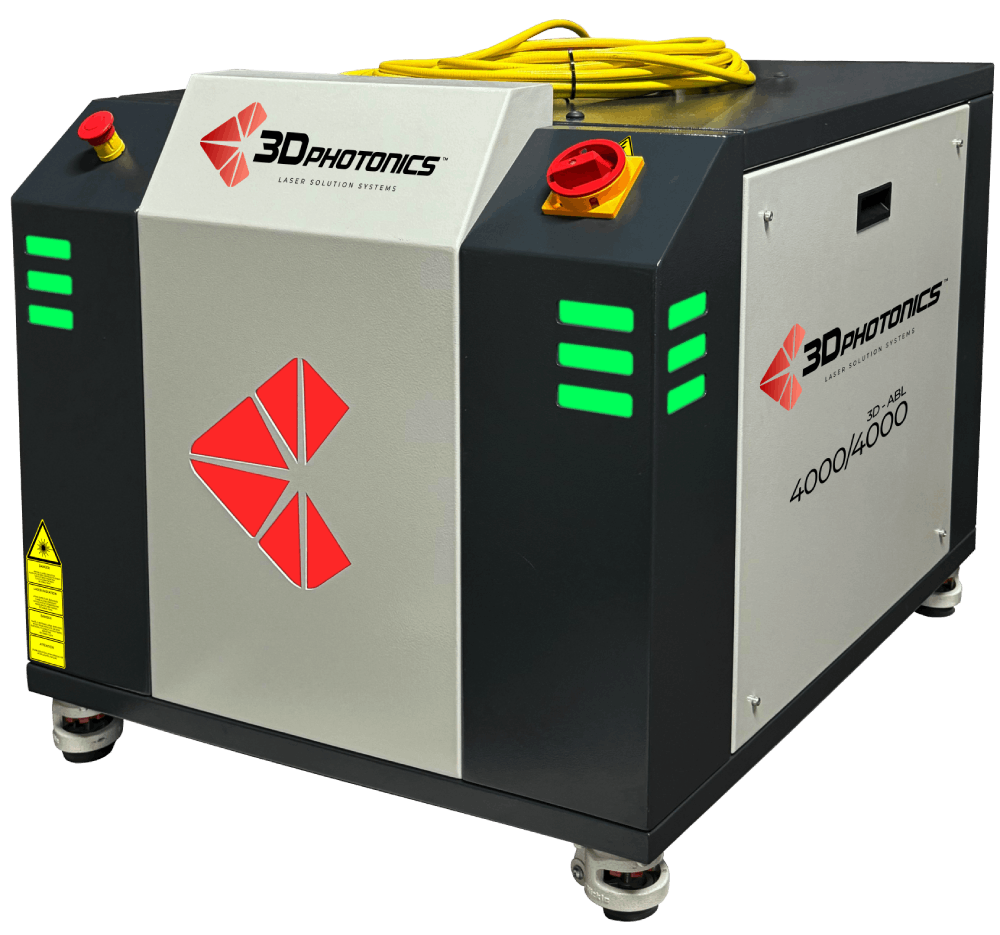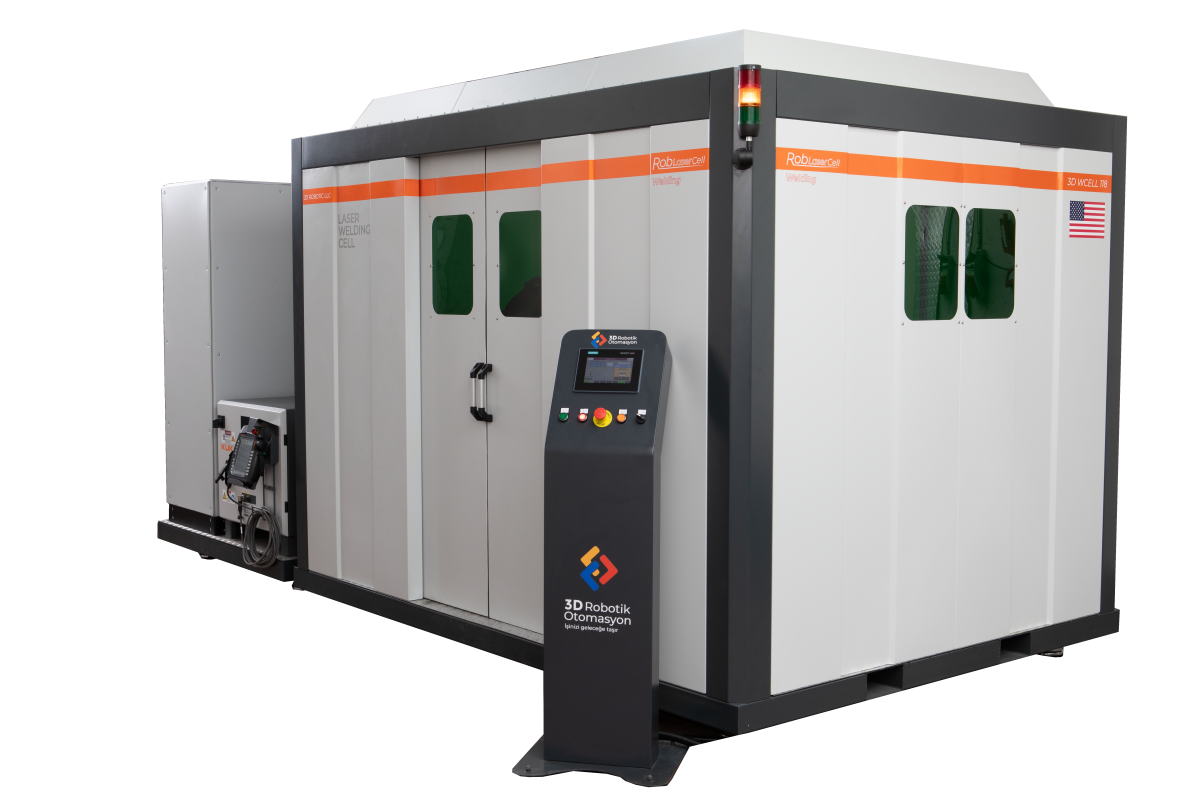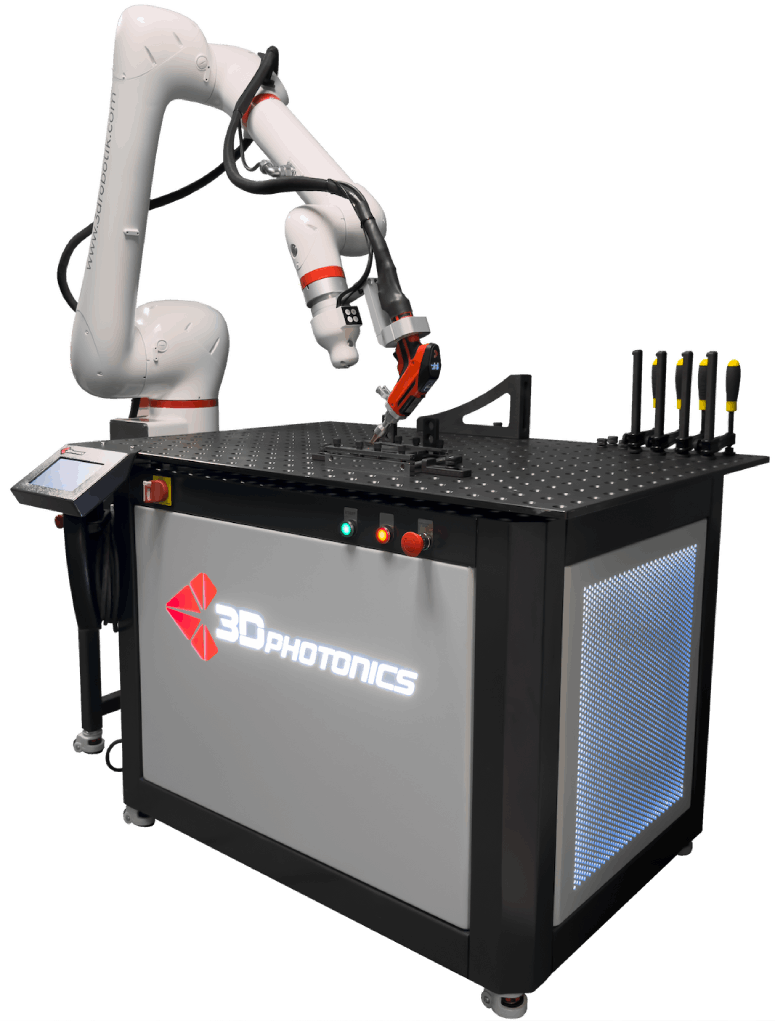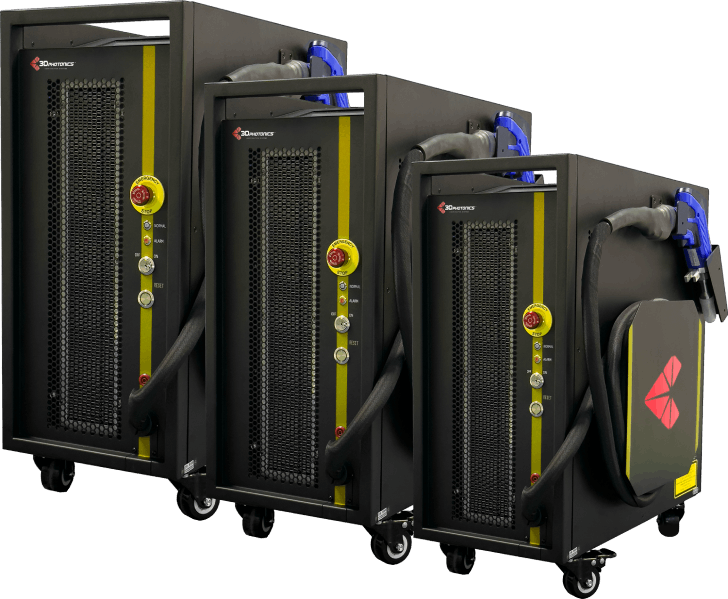
In today’s manufacturing world, speed has become one of the most critical competitive factors. Handheld laser welding technology not only offers flexibility but also saves significant time in production. But how do these compact machines revolutionize serial manufacturing?
Fast and Efficient Welding Experience
A handheld laser welding machine requires minimal setup time compared to conventional welding methods. Operators can begin welding almost immediately, boosting daily productivity rates significantly.
- Setup time: Minimal
- Application area: Works even in tight spots
- Energy use: High efficiency with low power
Modular Structure for Flexible Production
A laser handheld welder is portable, allowing it to be used at multiple workstations on the same day, providing unmatched production flexibility.
Consistency in Weld Quality
With high beam quality, it's possible to weld multiple pieces at consistent speed and quality — crucial in sectors like automotive and precision metal fabrication.
Time-Saving Features
| Feature | Advantage |
|---|---|
| Automatic wire feed | Reduces need for manual input |
| Low heat input | Less deformation and quicker cooling |
| Digital control panel | Fast parameter switching and presets |
Who Benefits from Handheld Laser Welding?
- Small and mid-sized manufacturers
- Prototype development teams
- Workshops requiring precision in small spaces
- Field maintenance & repair crews
Conclusion: Less Time, More Output
Handheld laser welding machines save both time and cost, offering a serious competitive edge. When speed, quality, and ease of use come together, it’s time to experience the 3D Photonics difference.
Frequently Asked Questions
What materials can be welded with handheld laser machines?
Stainless steel, carbon steel, aluminum, and nickel alloys.
Is operator training difficult?
No. Basic usage can be learned quickly and the digital interface is very user-friendly.
Is portability really that important?
Yes. Especially valuable for operations that require welding in multiple locations.
Where are 3D Photonics models commonly used?
Workshops, automotive plants, metal factories, and field repair projects.
- Operator Training in Handheld Laser Welding: How It Impacts Efficiency
- Error Detection and Preventive Maintenance in Automated Laser Welding Lines
- Fume and Particle Filtration in Laser Welding: What to Know for Workplace Safety
- AI-Driven Manufacturing with Photonics: Possibilities and Applications
- Next-Generation Solutions in Industrial Laser Cooling Technologies
- Is Zero-Loss Possible with Energy-Efficient Laser Production Lines?
- Laser Marking or RFID? Advantages of Traceability Technologies
- How Do Automatic Wire Feeding Systems Work in Laser Welding?
- Deep Penetration and Thermal Balancing in Fiber Laser Welding Technology
- Fast Production Advantage with Handheld Laser Welding Machines
- 5 Technical Criteria Defining Quality in Laser Systems
- How to Improve Energy Efficiency with Laser Welding?
- Photonics and Automation: Your Guide to Smart Manufacturing
- Product Protection Against Counterfeiting with Laser Marking Systems
- Can Handheld Laser Welders Reach Tight Spaces?
- Choosing Industrial Laser Systems: Power, Efficiency, and Compatibility
- The Role of Cooling Systems in Laser Welding Technology
- Why is Photonics Important? A Rapidly Growing Industry in Turkey and the World
- Handheld Laser Welding: Why It's the Smart Choice for Mobile Applications
- What is Laser Marking? Permanent and Secure Tracking in Production
- Laser Welding Systems: The New Standard in Metal Joining
- Revolutionizing Manufacturing with Photonics Technology: Light that Shapes the Future
- Things to Consider When Using Handheld Laser Welding Machines
- How to Achieve High-Precision Manufacturing with Laser Systems?
- What is Handheld Laser Welding? How Portable Power Transforms Industry
- 3D Photonics Successfully Unveils ABL-SM Laser Series at AMC 2025!
- 3D Photonics Named Platinum Sponsor at AMC 2025 Conference
- Why Choose 3DPhotonics? Strong Technology Partnership for Your Projects
- From Education to Industry: Fields Covered by Photonic Technologies
- Is Sustainable Production Possible with Laser and Photonic Solutions?
- Is Micron-Level Processing Possible with Lasers? How It's Achieved
- Recent Developments in Fiber Laser Technology
- 5 Key Factors That Define Quality in Optical Systems
- What Is Laser Marking? Permanent and Reliable Traceability Solutions
- Using Spectrometers in Industrial Applications
- Laser Cutting vs CNC: A Comparative Guide
- Optical Solutions in 3D Manufacturing: The Power of Precision
- The Role of Laser in the Defense Industry: Next-Generation Security Technologies
- What Are Optical Filters Used For? The Impact of Right Selection on Production
- FABTECH Chicago, September 8-11, 2025
- 3D Photonics at FABTECH 2024: Showcasing Advanced Laser Technologies for Industrial Applications
- 3D Photonics Showcases Innovative Laser Solutions at EUROBLECH 2024
- What is Photonics?
- Robot Investments Summit | 20-23 December | Istanbul
- 16. Blechexpo | 7 - 10 November | Messe Stuttgart




